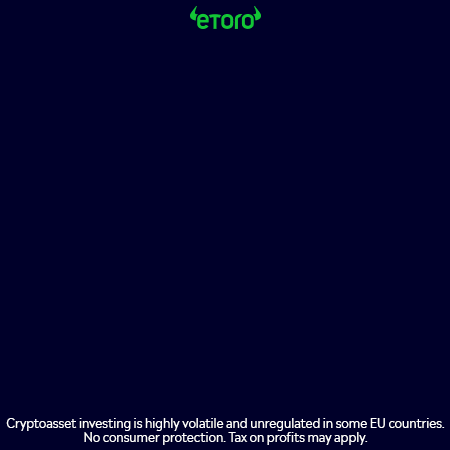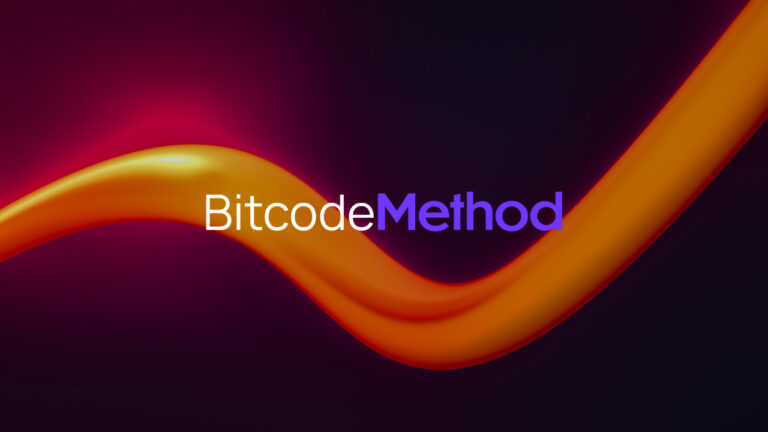Over a million people have subscribed to junior ISAs according to HMRC. They invest £5,740 on average each year. However, over 60% invest in cash rather than stocks and shares, when investing in shares could provide far higher returns.
Laura Suter from AJ Bell comments that “For a child born today, if you put away the full £9,000 a year and assume 5% growth, you could have more than £265,000 by their 18th birthday.”
I’m going to explain what you need to know about junior ISAs and reveal the most-popular Junior ISA funds.
How do junior ISAs work?
Like their adult equivalent, junior ISAs (JISAs) are a tax-efficient way of investing, with no tax charged on capital gains or income. There’s an annual limit of £9,000 and you can invest any combination into a cash and/or stocks and shares JISA. So, for example, you could pay £3,000 into a cash JISA and £6,000 into a stocks and shares ISA.
However, you are only able to have one account of each type. So, if you hold a cash JISA with Barclays and want to contribute to a new cash JISA with HSBC, you’d need to close and transfer the Barclays ISA first.
Anyone can pay into a child’s ISA, but a parent has to open the account. When the child turns 18, the money is converted into an adult ISA and they’re able to make withdrawals. But parents may be reassured to hear that 97% of Hargreaves Lansdown’s ISAs have no withdrawals in the first year after the child turns 18. And a third had extra money paid into them.
What’s the benefit of a stocks and shares junior ISA?
In the last forty years, equities have consistently outperformed cash over a 10-year period. According to research by AJ Bell, the average annual return on a cash ISA was 1.5% over the last decade. Whereas the equivalent return was 7.2% for the average fund-based ISA.
If you were to invest the £9,000 maximum junior ISA allowance each year for the next 10 years, a cash ISA would be worth nearly £98,000 (based on these returns). However, a funds ISA would be worth almost £135,000, a difference of nearly £37,000.
Given the current inflation rate of over 6%, money invested in cash ISAs is also losing money in real terms. A leading cash JISAs from The Family Building Society currently offers an interest rate of just 2.4%. However, with inflation of 6%, the real value of the ISA would decrease by over 3.5% each year.
Myron Jobson, personal finance analyst at Interactive Investor, comments that “Cash junior ISAs are frankly pointless other than as an option for teenagers who might shortly need to access their pot and therefore want to remove the short-term risk of a sudden loss of value.”
Investing in equity-based products provides the opportunity for your junior ISA to grow in real terms. My children’s junior ISAs are invested in funds with Hargreaves Lansdown, one of our top-rated ISA providers. They provide a choice of over 3,000 funds, shares and investment trusts for junior ISAs.
The most popular Junior ISA funds
According to AJ Bell, these are the 10 most popular investments for JISAs (returns data sourced from Trustnet and Morningstar).
Investment
5-year returns
Scottish Mortgage Investment Trust
194%
Fundsmith Equity Fund
85%
Vanguard Investments LifeStrategy 100%
53%
F&C Investment Trust
61%
iShares MSCI World Ucits ETF
68%
iShares Core FTSE 100 ETF
23%
Fidelity Index World
71%
Tesla Motors
81%
Lindsell Train Global Equity
66%
Vanguard FTSE 250 ETF
24%
Vanguard S&P 500 UCITS ETF
94%
What can we learn from this list?
Tracker funds accounted for the majority of investments. These aim to replicate an index, in this case, the FTSE, S&P (US) and global markets, and charge low annual fees (typically 0.1%-0.2%). They’re a good way of achieving average returns from equity markets without the cost or risk of trying to pick a top-performing fund manager.
The world’s largest investment trust, Scottish Mortgage Investment Trust, delivered over twice the return of the next highest fund. It’s reaped the rewards of investing heavily in high-growth technology companies. However, due to the recent sell-off of US tech stocks, it’s fallen by 29% in the last six months.
Talking of high-growth companies, Tesla may be a surprise entrant on the list, but it’s become a household name after taking the electric car market by storm. It’s undoubtedly a choice for the brave, hitting a staggering price-to-earnings ratio of over 1,000 last year. After a recent drop of nearly 40%, Tesla’s share price has rebounded by 19% in the last week on news of their new Berlin gigafactory.
What else do you need to know about Junior ISAs?
It’s worth taking the time to pick the right JISA, as fees can make a big difference to its value.
The old-style Child Trust Funds charged fees of up to 1.5% but can be transferred to a Junior ISA. AJ Bell charges 0.25% for its Junior ISA and Hargreaves Lansdown charges 0.45%.
The post Swapping cash for funds could produce a junior ISA worth over £250,000 appeared first on The Motley Fool UK.
Is this little-known company the next ‘Monster’ IPO?
Right now, this ‘screaming BUY’ stock is trading at a steep discount from its IPO price, but it looks like the sky is the limit in the years ahead.
Because this North American company is the clear leader in its field which is estimated to be worth US$261 BILLION by 2025.
The Motley Fool UK analyst team has just published a comprehensive report that shows you exactly why we believe it has so much upside potential.
But I warn you, you’ll need to act quickly, given how fast this ‘Monster IPO’ is already moving.
Click here to see how you can get a copy of this report for yourself today
More reading
This popular FTSE 100 share has crashed 34% in 6 weeks. Time to buy!
The Homeserve share price is up over 30% this month — should I buy now?
The Nvidia and the Intel share prices both jumped! Should I buy either stock?
Is the Rolls-Royce (RR) share price the FTSE 100’s best bargain now?
This FTSE 100 firm offers an inflation-beating dividend for my Stocks and Shares ISA








